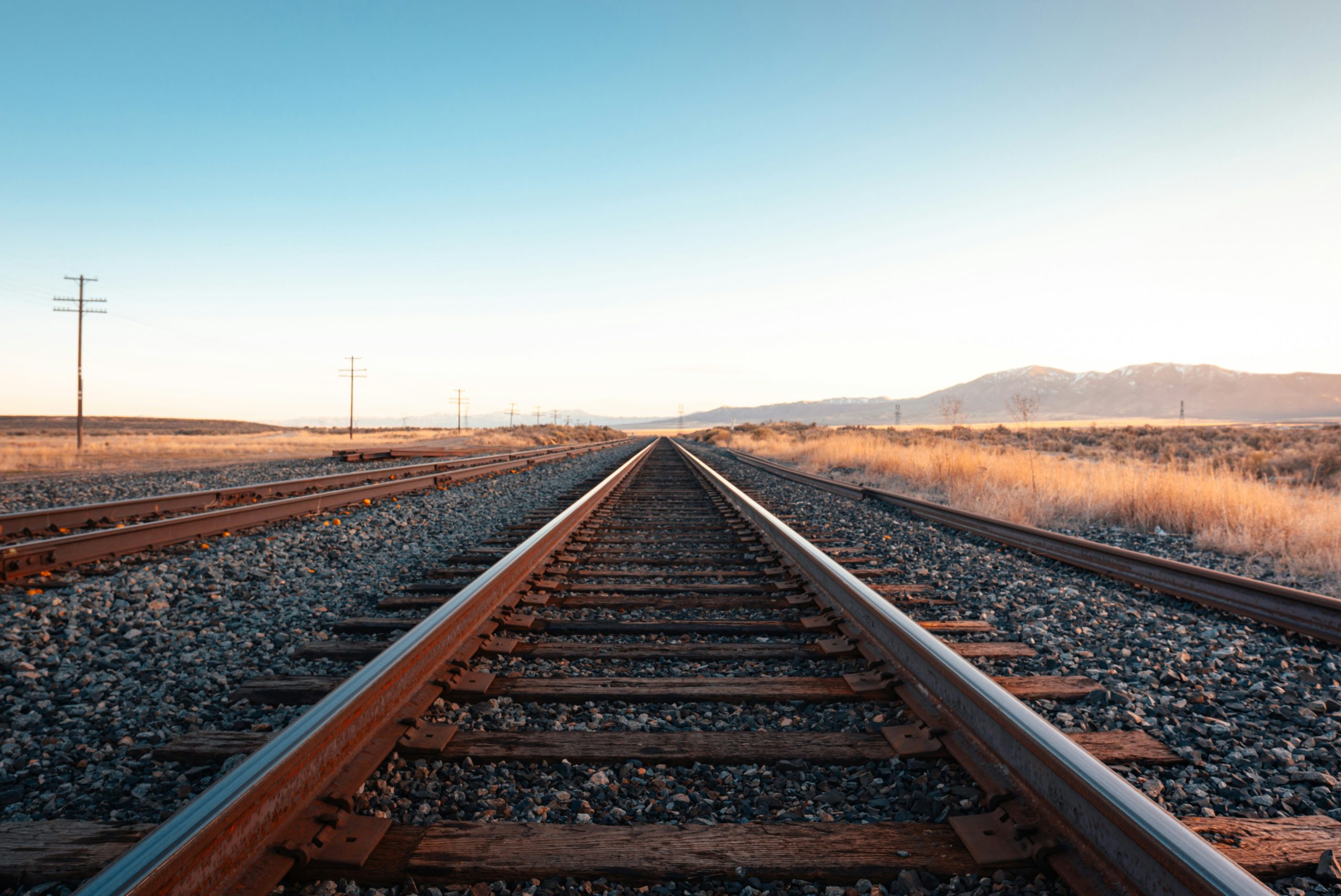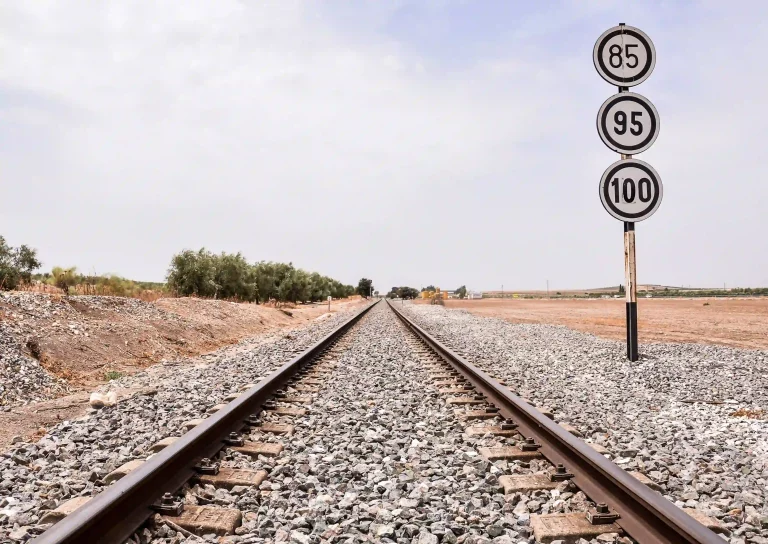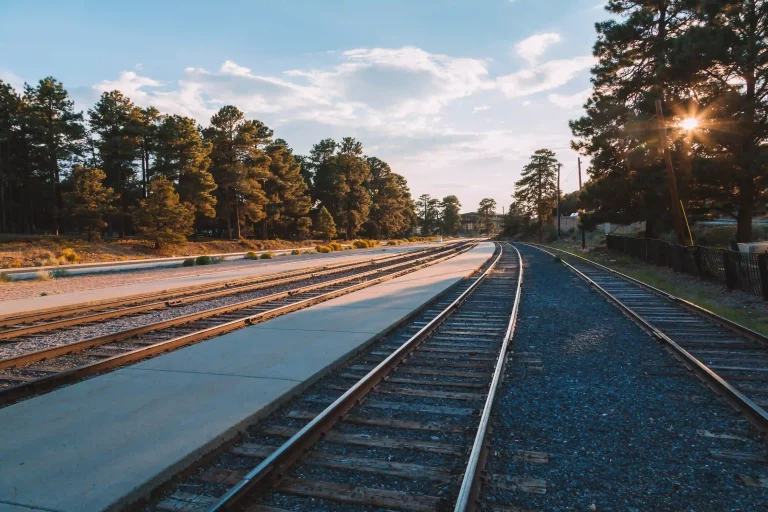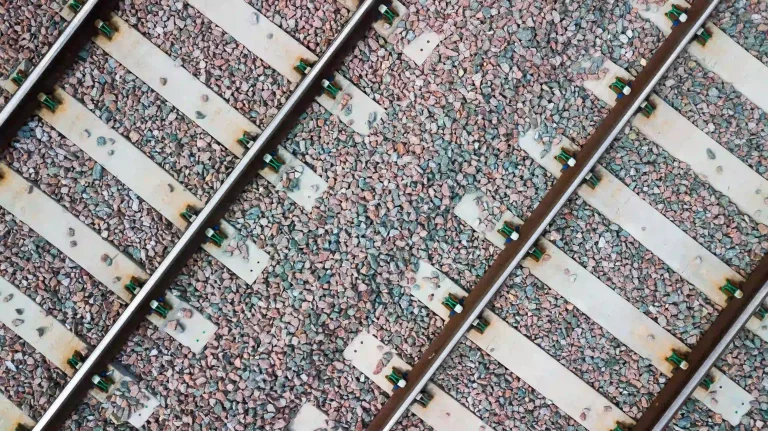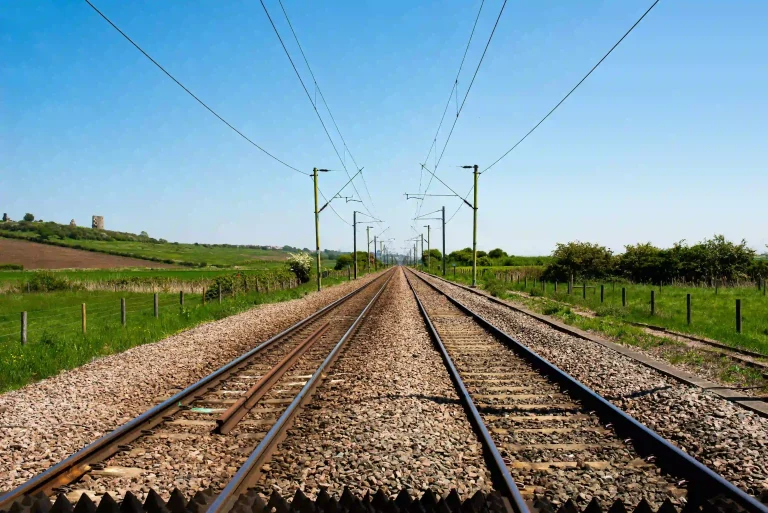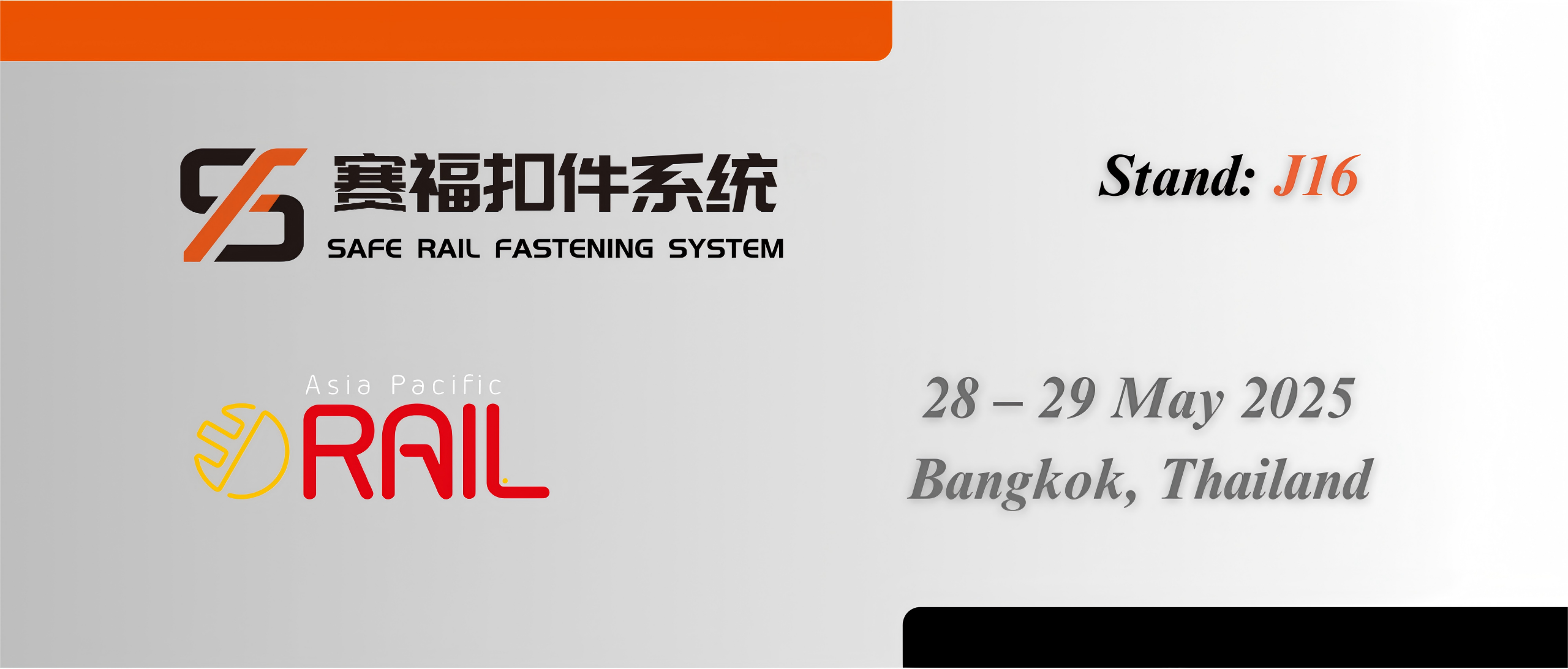Understanding Rail Fastening Systems
Definition and Purpose
A rail fastening system is an intricate assembly that ensures rails are securely attached to railway ties or sleepers. Its main role is to maintain the correct gauge, avert both longitudinal and lateral movements, and guarantee stability and safety. These systems are vital for both high-speed and traditional railways, providing resistance against dynamic forces and environmental changes.
Importance in Railway Infrastructure
The significance of the rail fastening system within railway infrastructure is paramount. It is essential for the safe and efficient operation of trains, providing structural integrity that withstands the dynamic forces exerted by moving trains. This system effectively absorbs shocks and stresses, thereby extending the longevity of railway tracks. Additionally, it contributes notably to noise and vibration reduction, which enhances passenger comfort while minimizing environmental impact.
Core Components of a Rail Fastening System
Rail Anchors
Rail anchors are an essential component aimed at preventing longitudinal movement of rails and maintaining proper gauge. They serve as an anti-creep device, ensuring the rail remains fixed under thermal fluctuations and dynamic loads. Rail anchors are typically made from high-strength steel to withstand extreme pressures.
Rail Tie Plates
Rail tie plates distribute the load from the passing trains over a larger area of the sleepers or ties. They function to prevent the rail from cutting into the sleeper, thus reducing wear and tear. Manufactured from steel or other durable materials, rail tie plates provide an even seating and secure attachment for the rails.
Chairs
Chairs are mainly employed in older railway systems to aid the straightforward installation of bullhead rails. While contemporary railways might opt for base plates or clips instead, chairs remain significant in certain situations. Generally constructed from cast iron or steel, chairs provide stability and bolster the structural integrity of the rail.
Spikes and Screws
Spikes and screws are integral components used to securely attach the rail to the sleeper.
Types of Spikes
The types of spikes include cut spikes, screw spikes, and elastic spikes. Cut spikes are the most traditional type, while screw spikes and elastic spikes provide enhanced flexibility and strength.
Types of Screws
Screws in rail fastening systems are usually screw dowels, which are embedded in the sleeper to receive the screws. They provide a secure attachment and can be easily replaced, offering a convenient solution for track maintenance.
Bolts and Nuts
Bolts and nuts play a crucial role in securing the various components of the rail fastening system. They maintain the stability and durability of the assembly, ensuring that components do not loosen under stress.
Different Types of Bolts Used in Railways
Different types of bolts used in railways include track bolts, fish bolts, and hook bolts. Each type serves specific purposes, such as joining rail sections or securing track fittings to the sleeper.
Various Fasteners
Fasteners are versatile components that bring all parts of the rail fastening system together. These include clips, clamps, and other devices that ensure the rail is firmly held in place. Advanced fasteners offer high-strength and flexibility to accommodate dynamic loads and environmental changes.
SAFE Rail Fastening System (Zhejiang) Co., Ltd.
Located in the heart of China’s manufacturing hub, Zhejiang Province, SAFE boasts a sprawling facility spanning over 50,000 square meters. With a total investment exceeding 50 million RMB, SAFE has established itself as a leading provider of rail fastening systems and railway engineering equipment products.
At SAFE, we prioritize quality and innovation. Our state-of-the-art production lines and laboratories are equipped with over 100 imported automated production and testing equipment, ensuring precision and reliability in every product we offer. We source high-quality raw materials from reputable domestic enterprises, enabling us to deliver rail fastening systems that meet the highest standards.
With an annual production capacity of over 5 million sets of rail fastening systems, SAFE is committed to serving various rail applications, including high-speed rails, conventional rails, heavy-haul rails, metro, and subway rails. Our products are designed to withstand the demands of these diverse environments, providing secure and efficient connections.
Operating under the ISO9001 Quality Management System, ISO14001 Environmental Management System, and IS045001 Occupational Health Management System, SAFE upholds stringent quality control measures. We have implemented the “6S” Management System, ERP Management System, and JIT Production Management Method to ensure streamlined operations and customer satisfaction.
Our dedication to quality and safety is further demonstrated through our compliance with CRCC Product Certification and TUV Certification implementation rules and standards. We strive to meet the expectations of both domestic and international markets, offering a comprehensive range of rail fastening solutions.
Choose SAFE Rail Fastening System for your rail projects and experience the difference that our high-quality products and exceptional service can make. With our commitment to excellence and adherence to industry standards, we are your trusted partner in the rail fastening industry. Discover the SAFE advantage and elevate your rail infrastructure with our reliable and innovative solutions.
Improving Performance and Reducing Costs in Rail Fastening Systems
Technological Advancements in Materials
Technological advancements have led to the development of more durable and efficient materials for rail fastening systems. For instance, the use of high-strength alloys and composites enhances the performance and longevity of these components. The transition to advanced manufacturing techniques, such as the automatic tension clamp production line, further boosts efficiency and quality.
Cost-Effective Testing Methods
Verifying the reliability and durability of rail fastening systems requires cost-effective testing methods. Utilizing automated testing lines along with advanced diagnostic tools facilitates early identification of potential failures, thereby lowering maintenance expenses and enabling timely interventions.
Performance Enhancements
Vibration Mitigation
Efficient rail fastening systems play a pivotal role in mitigating vibrations emanated by passing trains. By incorporating rubber pads and other cushioning materials, these systems can significantly reduce vibrations, thereby enhancing track longevity and passenger comfort.
Noise Reduction
Noise reduction is another critical performance enhancement in rail fastening systems. Insulated gauge baffles and rubber pads are employed to dampen noise generated by train movements. These components not only improve passenger experience but also mitigate the environmental impact, making railways more eco-friendly.
Industry Perspectives on Rail Fasteners and Systems
Innovations from Leading Suppliers
The rail fastening system industry is continually evolving with innovations from leading suppliers. These advancements aim to address the ever-changing demands and challenges of modern railway networks. One of the significant developments is the introduction of automated production lines for manufacturing tension clamps. These lines encompass a fully automated process, from cutting and heating to molding, quenching, tempering, surface treatment, and anti-rust treatment. This automation not only enhances the quality and consistency of the products but also significantly boosts production efficiency and reduces labor costs.
New Product Highlights
Several innovative products have recently been introduced, significantly improving the performance and reliability of the rail fastening system. For instance, rubber pads specifically designed for different types of clamp fasteners have passed stringent technical evaluations and received approval from esteemed organizations like the Transport Bureau of the Ministry of Railways of China. These rubber pads are crafted to offer superior elasticity, excellent wear resistance, and outstanding vibration and noise-damping properties. Additionally, insulated gauge baffles have been launched to further enhance noise reduction, making the railway environment quieter and more comfortable.
Case Studies on Noise and Vibration Control
Recent installations of advanced rail fastening systems have demonstrated substantial improvements in noise and vibration control. By integrating high-performance rubber pads and insulated gauge baffles, these systems have proven effective in creating a tranquil and stable environment even at high operating speeds. One notable instance involved the installation of a new rubber pad design on a busy commuter line, leading to a noticeable decrease in noise and vibration levels. This upgrade not only improved passenger comfort but also extended the track’s lifespan and reduced maintenance needs.
Another example showcased the impact of insulated gauge baffles in a heavily trafficked urban rail network. The baffles successfully mitigated noise pollution, earning praise from local communities and environmental regulators. These real-world applications underscore the strategic importance of adopting innovative solutions in the rail fastening system, emphasizing their role in driving forward a more sustainable and efficient railway infrastructure.
Closing Thoughts on the Future of Rail Fastening Systems
As the railway industry continues to grow and evolve, so too will the rail fastening system. Future developments are likely to focus on further enhancing performance through the use of cutting-edge materials and sophisticated manufacturing techniques. Advances in automation and artificial intelligence will probably play a critical role, enabling more precise quality control and predictive maintenance capabilities.
Furthermore, sustainability is poised to become an even more significant driving force, necessitating the creation of eco-friendly materials and technologies aimed at reducing the environmental impact of rail travel. By adopting these advancements, the rail fastening system will not only satisfy but surpass the stringent requirements of contemporary railways, guaranteeing safe, efficient, and comfortable journeys for passengers long into the future.
In summary, through continuous innovation and improvement, the rail fastening system will remain a cornerstone of railway infrastructure, adapting to new challenges and setting new standards for safety, performance, and sustainability.





